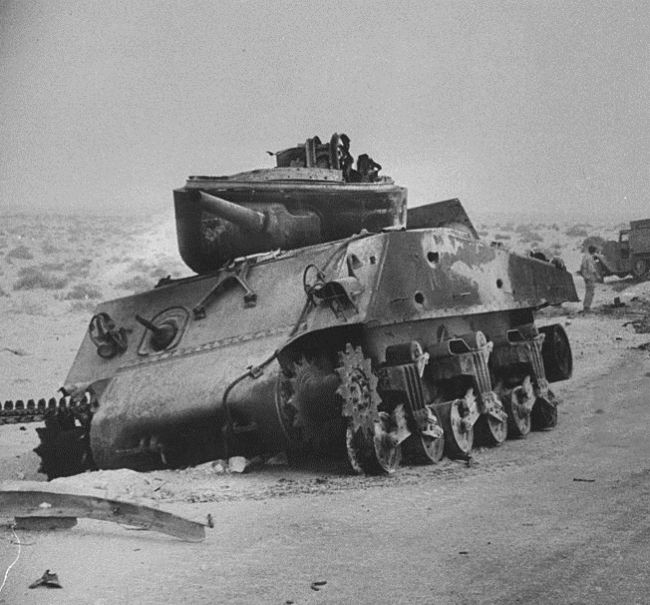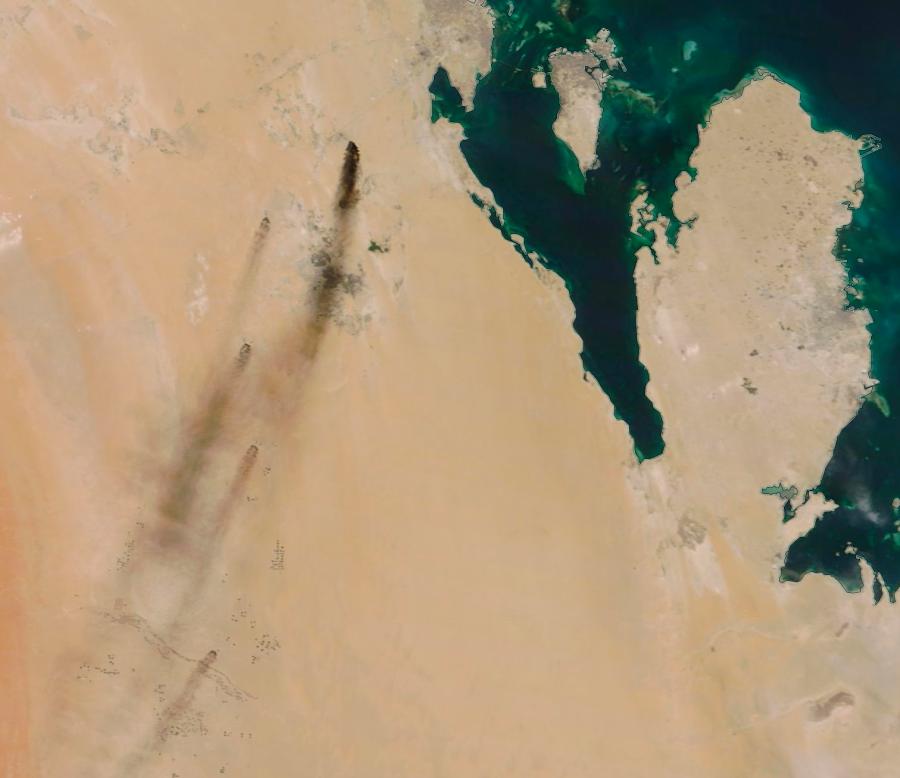Our air defense artillery assets consists of Patriot, THAAD (Terminal High Altitude Area Defense) and the SHORAD (Short Range Air Defense) battalions and batteries, among other elements.
A Patriot Missile Battalion consists of four or five Patriot Missile Batteries. A Patriot Missile Battery consists of four or six launchers, each with four missiles. The United States has 16 Patriot battalions. There is one battalion in Germany and three battalions in South Korea and I gather at least one battery in the Gulf (not sure which). I gather the most elements of the other 11 battalions are in the U.S. As of 2010 it was reported that the U.S. Army operates a total of 1,106 Patriot launchers (1,106/16 = 60 launchers per battalion). According to a count developed from multiple open sources, our air defense battalions and batteries are located at:
Baumholder, Germany
5th Battalion, 7th Air Defense Artillery Rgt (Patriots)
5th Battalion, 4th Air Defense Artillery Rgt (equipped with 36 Avenger SHORAD systems, with 36 in prepositioned storage).
Fort Bliss, Texas:
1st Battalion/43rd Air Defense Artillery Rgt (Patriot)
2nd Battalion/43rd Air Defense Artillery Rgt (Patriot)
3rd Battalion/43rd Air Defense Artillery Rgt (Patriot)
5th Battalion/52rd Air Defense Artillery Rgt (Patriot)
Battery A, 2nd Air Defense Artillery Rgt (THAAD)
Battery B, 2nd Air Defense Artillery Rgt (THAAD)
Battery E, 3rd Air Defense Artillery Rgt (THAAD)
Battery A, 4th Air Defense Artillery Rgt (THAAD)
Guam:
Battery A, 5th Air Defense Artillery Rgt (THAAD)
Fort Sill, Oklahoma
3rd Battalion, 2nd Air Defense Artillery Rgt (Patriot)
4th Battalion, 3rd Air Defense Artillery Rgt (Patriot)
5th Battalion, 5th Air Defense Artillery Rgt (Counter Rocket Artillery and Mortar)
2nd Battalion, 6th Air Defense Artillery Rgt (C-RAM, Sentinal, Stinger/Avenger)
3rd Battalion, 6th Air Defense Artillery Rgt (Patriot)
Fort Hood, Texas
4th Battalion, 5th Air Defense Artillery Rgt (Patriot)
1st Battalion, 44th Air Defense Artillery Rgt (Patriot)
1st Battalion, 62nd Air Defense Artillery Rgt (Patriot)
Fort Bragg, North Carolina
3rd Battalion, 4th Air Defense Artillery Rgt (Patriot/Avenger?)
1st Battalion, 7th Air Defense Artillery Rgt (Patriot)
Fort Campbell, Kentucky
2nd Battalion, 44th Air Defense Artillery Rgt (Counter Rocket Artillery and Mortar)
Suwon Air Base, South Korea
6th Battalion, 52nd Air Defense Artillery Rgt (Patriot)
2nd Battalion, 1st Air Defense Artillery Rgt (Patriot)
D Battery, 2nd Air Defense Artillery Rgt (THADD)
1st Battalion, 1st Air Defense Artillery Rgt (Patriot)
Location unknown:
B Battery, 62nd Air Defense Artillery Rgt (THAAD) – activated 2016
This listing does not include National Guard units. It is also not definitive.






